Loy Norrix should expect to continue in-person school despite the Omicron variant
Credit: Tisha Pankop
Superintendent Dr. Rita Raichoudhuri accepted the class of 2021 with a recorded statement wishing the seniors a bright future.
January 28, 2022
With COVID-19 cases on the rise in Michigan, it poses the daunting question: will schools shut down again?
After a year and a half of virtual learning, the return to in-person school during the 2021-2022 school year was welcomed. However, with the current state of the Omicron variant, students are wondering what is next for Kalamazoo Public Schools and whether the 2021-2022 in-person school year will be cut short.
KPS superintendent Dr. Rita Raichoudhuri has made the decision to continue in-person learning, with changes to mitigate the spread of Omicron such as no spectators allowed during the entire month of January to sporting events.
While large groups being limited is good for health and safety, we are limiting spectators that create revenue for the school and eliminate opportunities for students who may have scouts coming to watch them play. This is especially important for junior and senior athletes that depend on their athletic careers to further their education.
While these games are going spectatorless to prevent the spread of COVID, athletes are not being tested weekly for COVID. Last year there was a strict testing mandate, and if it was not completed, you could not participate in that week’s game.
“That has to do with the Michigan High School Athletic Association. And so they make those rules and they had that guidance last year and the resources for it [COVID testing],” Dr. Raichoudhuri explained. “So because the resources were made available and the guidance was there, KPS was one of the districts that had to move forward with that plan and since then, when the program ended is when the Michigan High School Athletic Association lifted that program as part of their recommendation or one of their resource programs. So that’s why the program ended as well.”
Student athletes have been showing a distaste for the new zero attendees protocol.
Senior and varsity basketball player Kendyl Kirshman said, “It’s the wrong hill to die on, and it’s robbing children of their sport when we are still expected to show up to school with hundreds of kids being just as exposed, if not worse. We sit in a lunch room with 400 kids unmasked, but we are going to take away the experience of watching sports and being supported by friends and family.” Kirshman continued, “I think we should go hybrid because it still gives a little taste of reality and social interaction, but it takes away a little of the danger of exposure to COVID.”
Limiting attendees of sporting events may seem to be a compromise while, in reality, some may think there is a disconnect when it comes to preventing people from attending a game while hundreds of students eat, unmasked, in a cafeteria, not socially distanced, daily.
“Well, the big difference is, you have to take calculated risks,” Dr. Raichoudhuri said. “So in a cafeteria setting, students need to eat and you can’t eat with a mask on. Sports spectators at the sports versus nutrition during the school day, I would say that if you had to weigh the two of those, that to me the choice is obvious.”
“And the other thing is because we know the vaccination status of our students when we do contact tracing or if there has been exposure, and if somebody needs to isolate or quarantine based on the exposure status as much easier to manage because we have that information whereas we don’t have that information for spectators,” said Dr. Raichoudhuri.
At this point in time, we have no intention of going to virtual school. Just like there are some students who want to go to virtual school, there are also a lot of students who didn’t thrive in virtual school,” Raichoudhuri explained. “And this would be a huge detriment to them, not only to their social emotional well-being but their academic progress.
— Dr. Rita Raichoudhuri
Loy Norrix principal Christopher Aguinaga said, “We only ask vaccination status if a student has come in close contact with a positive student or if a parent reports that their student is positive. We have not asked the question to the student body as a whole.”
With vaccinated and unvaccinated students and staff mixing on a regular basis, some students have suggested a return to virtual-schooling for the remainder of trimester two and reevaluating the state of COVID-19 and the safety of students before coming back to in-person school for trimester three.
“At this point in time, we have no intention of going to virtual school. Just like there are some students who want to go to virtual school, there are also a lot of students who didn’t thrive in virtual school,” Raichoudhuri explained. “And this would be a huge detriment to them, not only to their social emotional well-being but their academic progress.”
Raichoudhuri continued, “And the majority of our high school and middle school age children are vaccinated, so there is that first layer of mitigation. If you look at the mitigation chart, the five-layer mitigation chart, the first layer is actually vaccination. And so there’s a lot of confidence that they have protected themselves. They’re wearing their masks, everyone knows about hand hygiene, so we know that if we do things that are being recommended to keep ourselves safe and others safe, that going to school is actually a very safe action to take.”
Last school year, COVID numbers were lower than this year, and KPS was fully virtual. This year, with the transition to in-person learning, COVID numbers are on the constant incline. Last school year took place before the COVID vaccine was in full swing, so the consequences of getting COVID were more severe.
Raichoudhuri said, “The board has given me the authority to make that decision [going virtual or in-person] and has been my decision since the beginning of the pandemic, but the board supports my decision.”
The decision determining schools in-person status is Raichoudhuri’s but students have their own opinion on what KPS should be doing.
“I honestly just feel like although this is a new variant and we have vaccines now for COVID, I still think we can take more precautions,” said senior Kylie Kilgo. “Especially schools since we’ve seen what happened before when we get high spikes in COVID cases. I think schools should be taking extra precautions, so we don’t try and push being in-person and ruin the experience when we could’ve avoided it all by going virtual for a small period of time. Let cases settle a bit and then begin in-person learning again when it’s more safe for the students and staff.”
There is a disagreement between students and teachers alike on the current status of in-person school and how they feel KPS should proceed.
“I would prefer to be in-person for the remainder of the year for instructional reasons, because in a studio class like art, it is much more effective, in every way, to teach students in-person,” said LN art teacher Gregg Stevens. “On the other hand, I believe our current COVID numbers across the state are the worst they have been since the start of the pandemic, and safety has to take precedent.”
“Attendance in my classes has been very low this year, so perhaps an online version would be more helpful to those kids. So which one outweighs the other instructional quality vs. safety? In the end, I would probably support suspending in-person learning until the current Omicron wave wanes a little bit. Then, come back in-person as infection numbers drop significantly,” said Stevens.
While some teachers are onboard with virtual learning, others don’t feel so inclined towards the subject.
“As a teacher, I love nothing more than sharing the same space physically, emotionally, and intellectually as my students,” said Loy Norrix teacher Anne Lewis. “I think most of us found that the ability to connect with our students was dramatically affected by not being in the classroom. Virtual teaching and learning is simply not the same, and frankly I found it disturbingly inadequate.”
Lewis continued, “And I believe that the time spent away from the classroom has had such a dramatically negative effect on students that I fear what more time – even a few weeks – would do. As I am vaccinated and boosted, wear a mask, take good care of myself, minimize my forays/interactions ‘out in the world,’ and monitor my health, I feel very comfortable coming to school to teach.”
For the remainder of January no spectators will be allowed at any sporting event. However the mandate will be lifted for the month of February and spectators will be allowed into the games. There is no plan to move to virtual school for the foreseeable future, but with the increasing rise of Omicron numbers, new COVID-19 protocols are being made regularly to keep as up to date as possible with the CDC guidelines and the Michigan Department of Health and Human Safety suggestions.


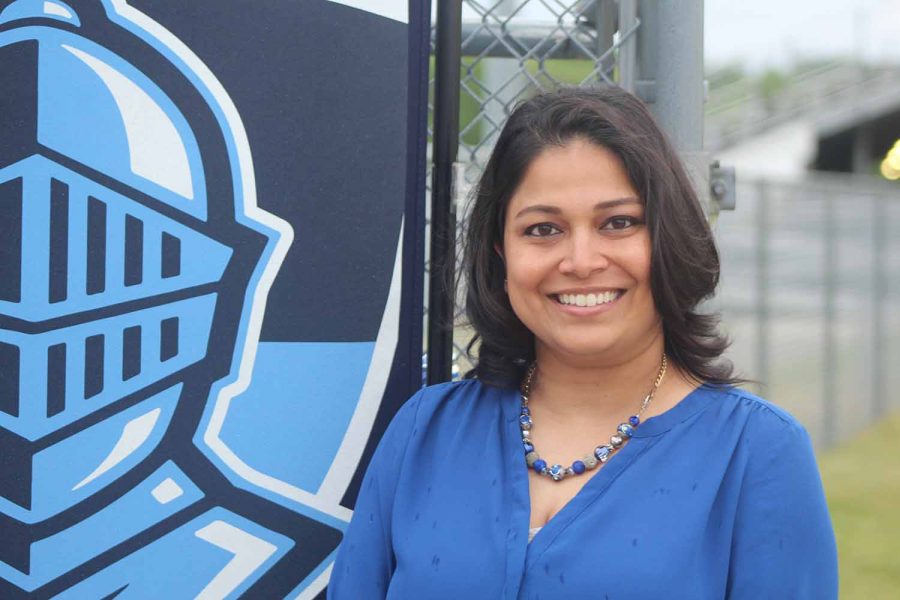
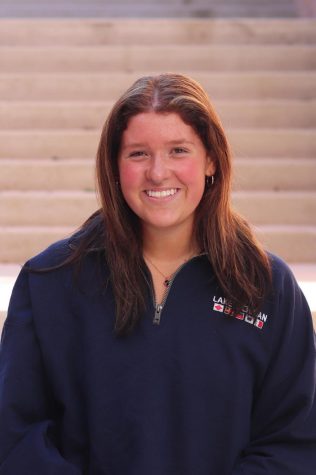
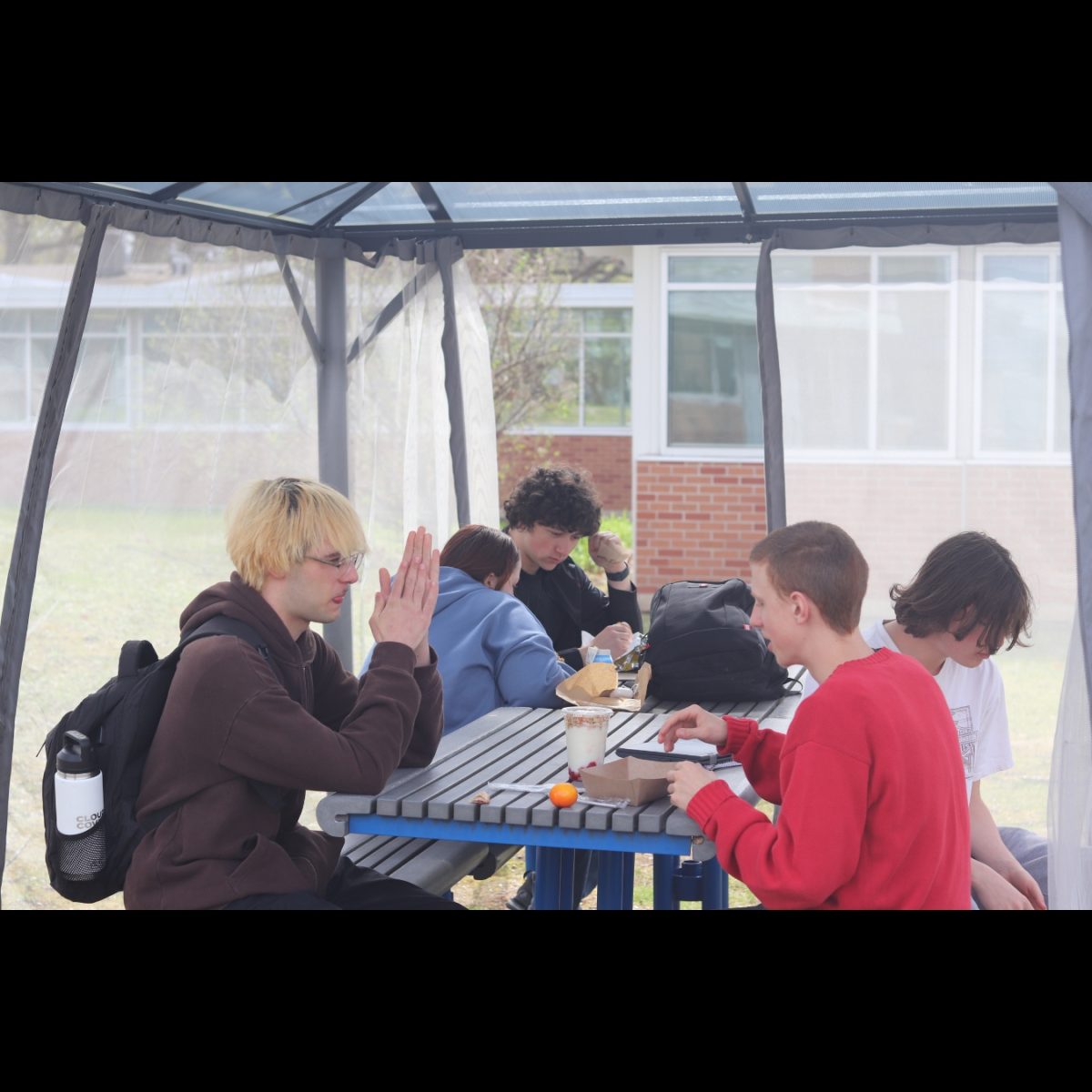





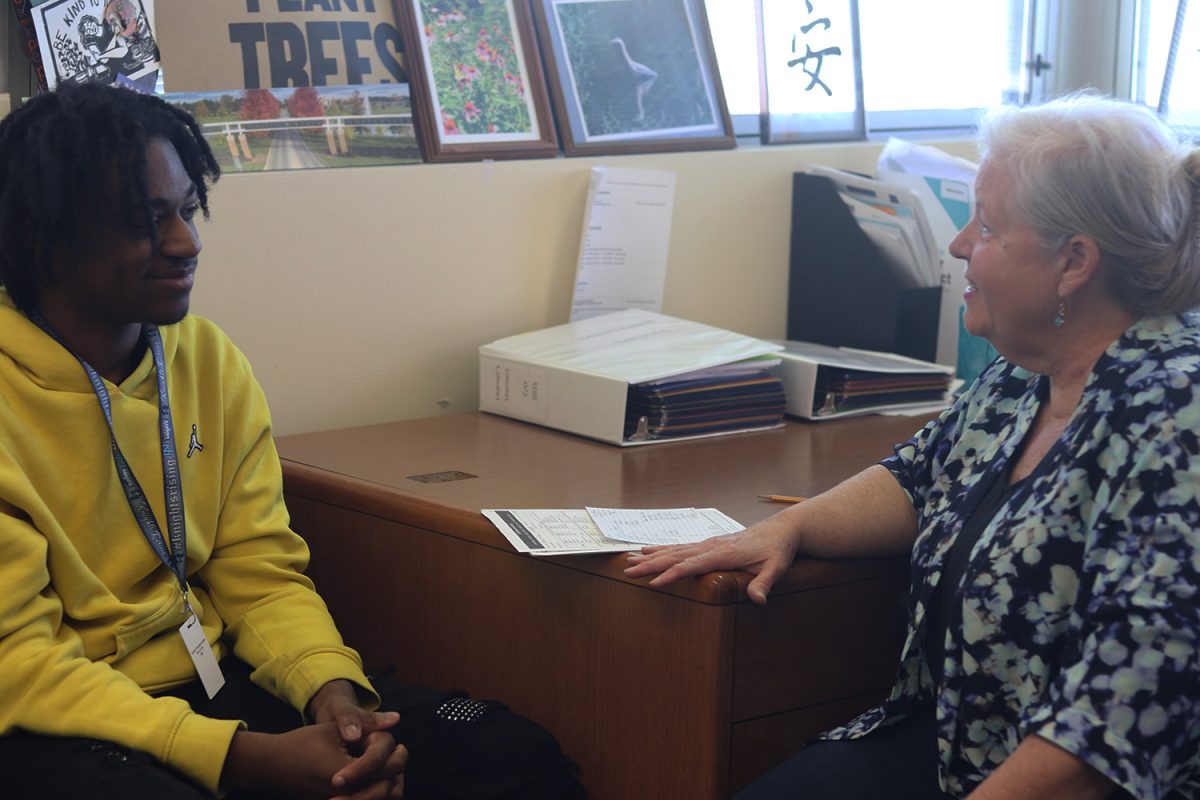
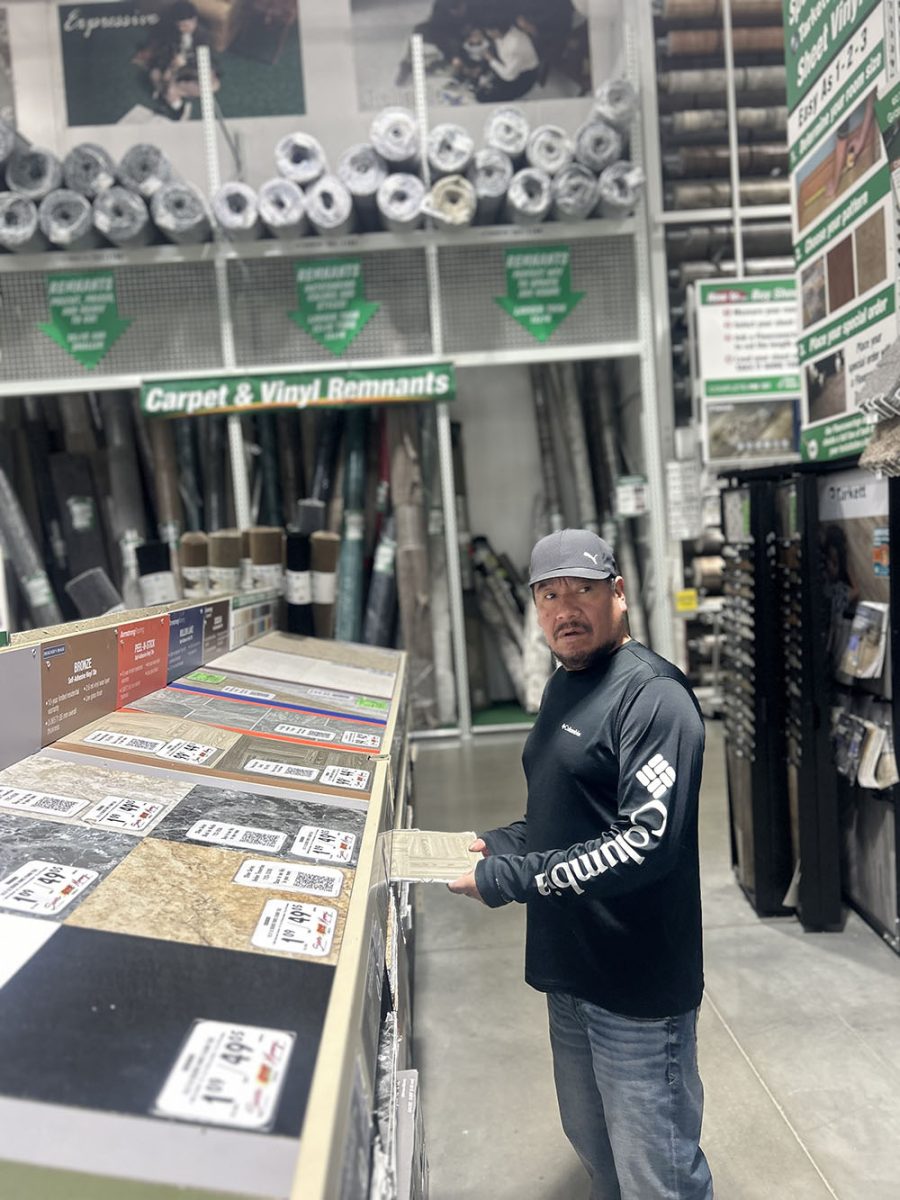
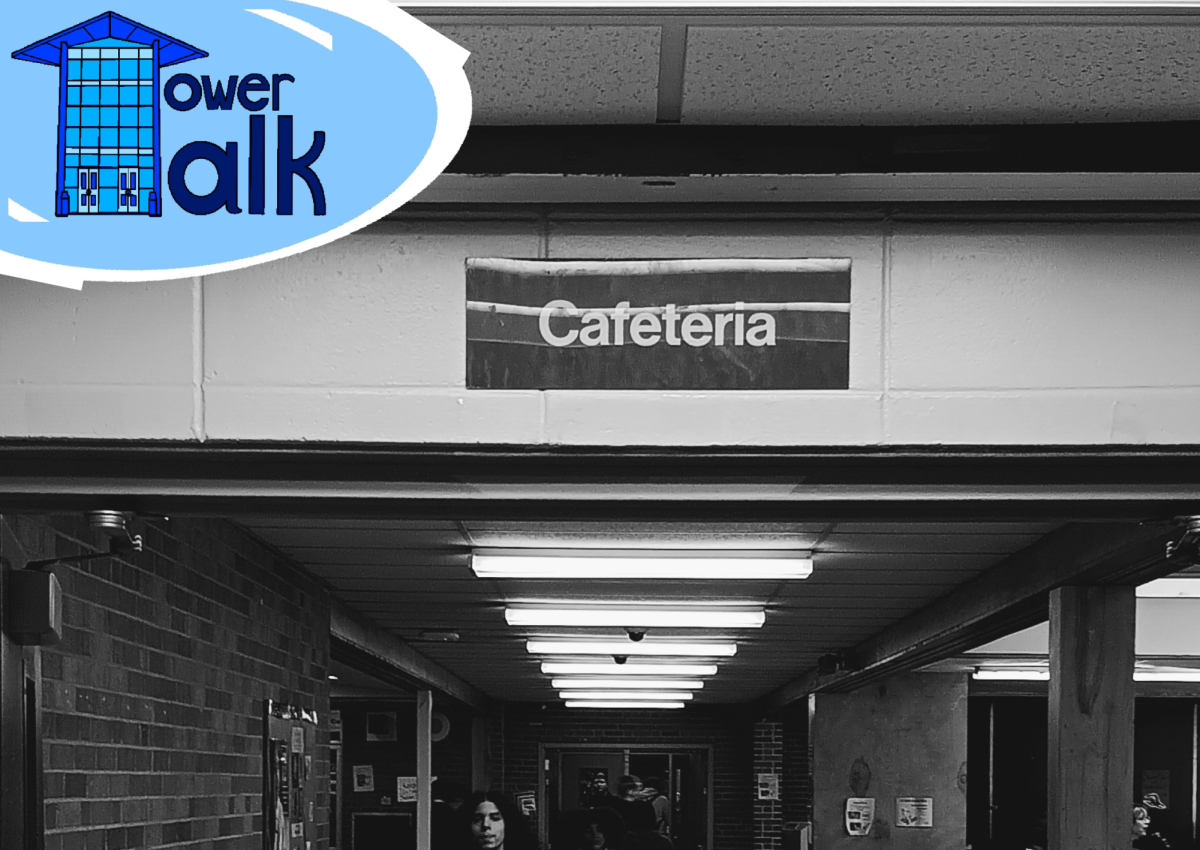
Rachael • Feb 2, 2022 at 11:17 pm
Great article, Gigi! Keep up the good work!